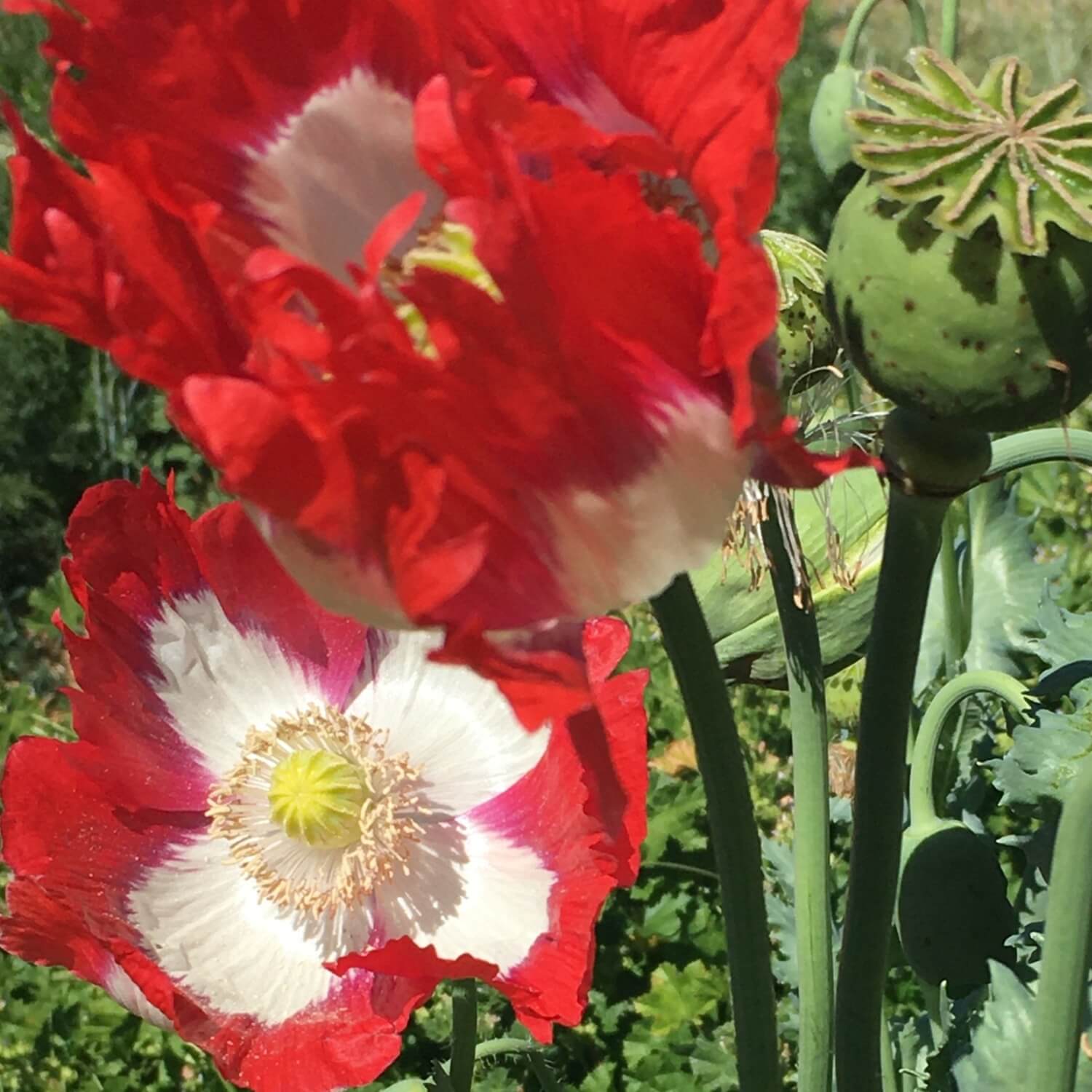
Seed starting at its most base level is a very simple equation. Seeds+light+water=plants. There are a few variables like temperature and planting depth that can effect your outcome. In this post I've included a lot of great information for newbies and experienced gardeners alike. Keep reading below for my 5 Top Seed Starting Tips applicable to most varieties.
1. Planting Depth: Sow most seeds twice as deep as the seed is big. Large seeds are buried deeper than small seeds. This applies to seeds sown in trays as well as direct sown in the garden. There are some exceptions for seeds that need light to germinate and are surface sown. Seed packets usually give that information.
2. Soil Temperature: Most seeds germinate best at temps between 60-80 F. Summer crops like tomatoes, peppers, eggplant, squash, cucumbers, corn, sunflowers and melons prefer warmer germinations around 75-80 F. Shoulder season crops like carrots, greens, beets, turnips, cabbage, broccoli and lettuce prefer cooler germination temps between 50-70 F. Soil temps can be measured using a soil thermometer or even a kitchen meat thermometer.
My top tip for starting tomatoes, peppers and eggplant seeds is to purchase a seedling heat mat. Find one that comes with a thermostat that can be set to the desired heat. Place your seedlings tray on the mat to heat the soil. This helps seed germination speed and rates immensely.
3. Moisture: Keep seedlings evenly moist. This may mean watering several times a day. A few hacks to keep soil in trays moist include covering the trays with plastic bags, row cover or a light dusting of perlite or vermiculite. For direct seeded crops sow along drip lines and/or cover with row cover or card board to keep soil moist. This is especially helpful for carrots- they are very sensitive to drying out during germination!
4. Light: As soon as seeds emerge they need light or will become leggy as they stretch out searching for the light. If your seedlings have germinated indoors they need to either be put under a grow light or outside. In the greenhouse there is usually sufficient light.
5. Trays vs Direct Sowing: Often this choice is personal preference. The only crops I always start in trays are tomatoes, peppers and eggplants. Everything else can be directly sown in the garden which is a great way for your seedlings to establish strong root systems that will not be disturbed by transplanting. But there are also times you may choose to start them in trays.
Advantages to sowing in trays include:
*You can start things early even if it is too cold to sow outside. This is an easy way to get a start on your season.
*It can be easier to keep seedling trays moist than the garden during germination.
*Seedling trays can easily be protected from garden pests where small seedlings are often munched in the garden.
*Seedlings can buy you time to get your garden soil prepped.
*Seedlings can out compete weeds







